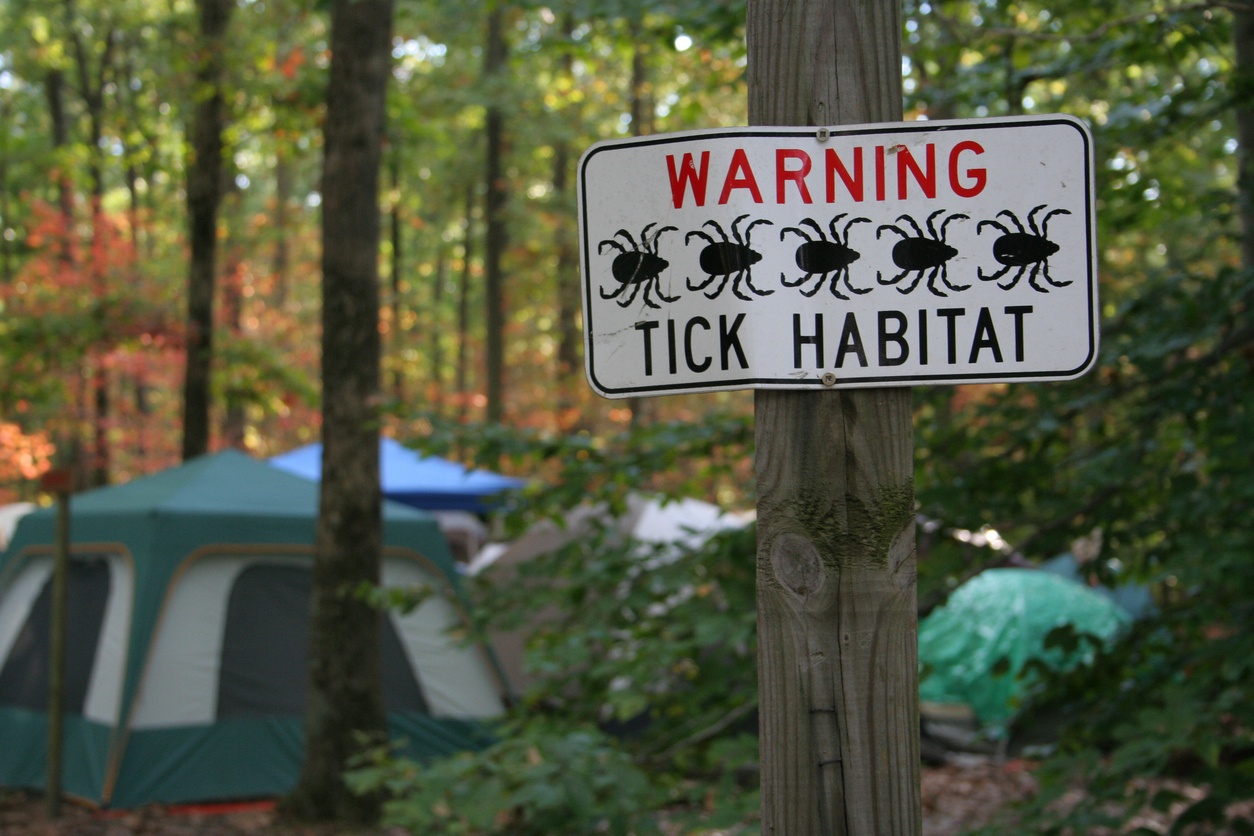
The tick population in the United States has soared this year. In order to prevent bites from these insects, which can lead to tick-borne diseases such as Lyme disease, take the following precautions.
1. Avoid direct contact with ticks. Avoid wooded areas with bushy undergrowth, high grass, and leaf litter. Walk in the center of trails if you are hiking in the woods.
2. Do daily checks. If you spend any time outdoors walking in wooded areas or hiking through long grass, make sure to thoroughly check for ticks once you are back indoors.
3. Treat your clothes with permethrin. Permethrin is a synthetic pesticide that can be applied to shoes and clothing. Once it’s dry, it is perfectly safe. Apply permethrin outdoors, and hang clothing to dry overnight. Clothing treated with permethrin effectively repels and kills ticks for several washes.
4. Spray exposed skin with insect repellent before hiking in the woods. DEET, IR3535, or picaridin are all effective in preventing tick and mosquito bites, although the length of time they are effective varies from one or two hours, up to several hours.
5. Don’t forget to treat your pets. Invest in a long-lasting tick and flea collar for dogs and for cats that go outdoors.
6. Keep ticks from trespassing on your property. Use bifenthrin or IC2 at the edges of your yard, and if you grow decorative Japanese barberry, get rid of it.
If you do find a tick that is attached, use a pair of tweezers to take hold of its body, and pull straight out of the skin. Try not to twist the tick; you don’t want the head to come off and remain under the skin. Do not use match heads or heated needles to remove it. If you want to retain the tick in case of illness, be sure to suffocate it and keep it in a plastic bag. Do not crush the tick with your fingers.
Symptoms of Tick-Borne Illnesses
- Rash: The first symptom of many tick-borne illnesses is usually a distinctive rash. For example Lyme disease shows itself as a red spot within a ring at the site of a tick bite.
- Fever: Illnesses caused by tick bites are usually accompanied by a fever.
- Aches and pain: Other symptoms include headache, fatigue, and muscles aches. Lyme disease can be accompanied by joint pain as well.
Tick-borne diseases can be hard to diagnose unless you know you got bit by a tick, or have a distinctive rash. Fortunately, if you get a rash or know you were bit, these illnesses can be treated with antibiotics. Early diagnosis and treatment are vital.
Pocket Nurse® offers a First Aid chart with information about Lyme disease, and Demo Dose® Simulated Medications include antibiotics and NSAIDS, so you can teach students correct administration of those medications, which treat Lyme disease.
Sources:
1. The Tick Threat is Serious This Year, Melinda Wenner Moyer, Slate.com






